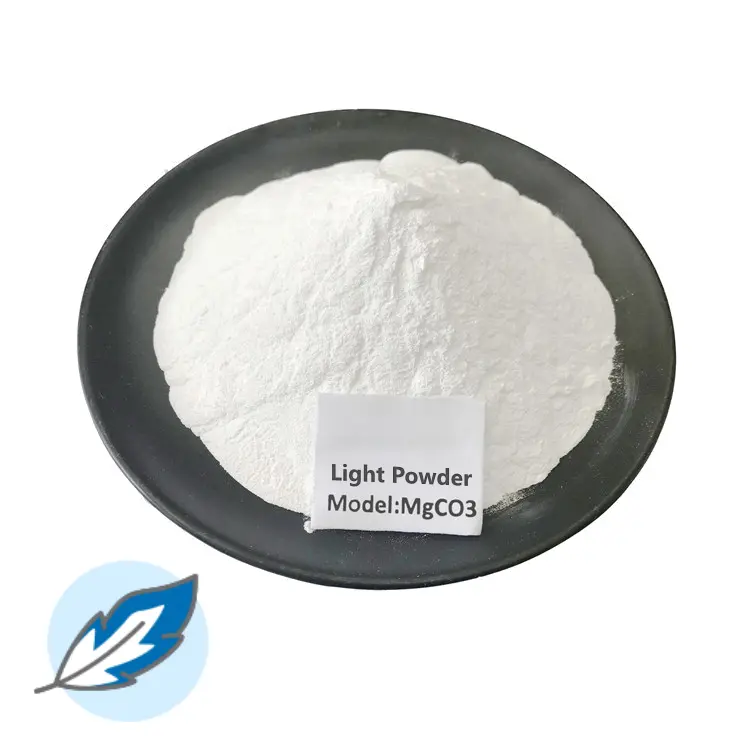Hebei Messi Biology Co., Ltd. stated that it used stearic acid to modify magnesium carbonate, studied the effects of the amount of stearic acid, reaction temperature, and reaction time on the modification effect, and finally determined the best modification conditions. The sedimentation volume, oil absorption value and activation degree of modified magnesium carbonate were measured and characterized by infrared spectroscopy and thermal weight loss. Experimental results show that after modification of magnesium carbonate, the hydrophilic surface changes to a lipophilic surface; the relationship between stearic acid and magnesium carbonate is not a simple physical adsorption, but a chemical reaction occurs, forming a new chemical bond.
When using stearic acid to modify light magnesium carbonate, the key is to explore the interference of the amount of stearic acid used, the average temperature of the chemical reaction, and the reaction speed on the modification effect. The best modification can be selected with the help of scientific experiments. standard. The sedimentation volume, oil absorption value and activity of modified light magnesium carbonate were measured for infrared spectroscopic analysis and thermogravimetric analysis methods. After modification of light magnesium carbonate, the hydrophilic surface layer becomes a lipophilic surface layer; stearic acid and magnesium carbonate are not simply physical adhesion to each other, but should undergo chemical changes and create new ionic bonds. This shows that it does not simply adhere to the surface of light magnesium carbonate, but should have a chemical effect with the polar groups on the surface of light magnesium carbonate, and is firmly grafted on the surface of light magnesium carbonate in the form of ionic bonds. .
The surface modification of magnesium carbonate was carried out using stearic acid, and the effects of modifier dosage, slurry concentration, modification time and other factors on the surface modification of magnesium carbonate were investigated. Contact angle, activation index, scanning electron microscopy, thermogravimetric analysis and infrared spectroscopic analysis were used to characterize the magnesium carbonate before and after modification. The results show that the optimal modification conditions are 5% modifier dosage, 5% slurry mass fraction, and 60 min modification time. Under optimal process conditions, the contact angle of the modified product is 130° and the activation index is 1.000. The surface modification process has no obvious effect on the thermal decomposition of magnesium carbonate. The main way of combining stearic acid and magnesium carbonate is that magnesium ions and carboxyl groups form a hydrophobic magnesium stearate protective layer.

